10 countries with the largest gold reserves.
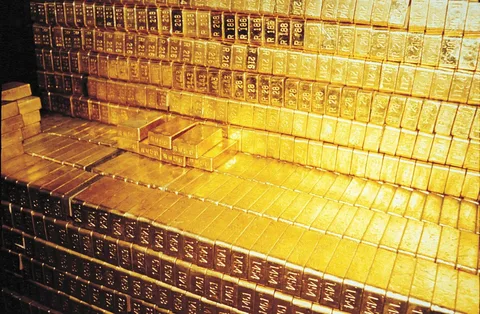
At the end of 2023, central banks around the world purchased 1037 tons of gold, the second highest annual purchase volume in history after a record high of 1082 tons in 2022.
An increasingly complex geopolitical and financial environment is driving demand for gold more actively than ever. According to a survey by the World Gold Council (WGS), about a third of central bank respondents (29%) intend to increase their gold reserves over the next year, the highest level since such surveys began in 2018.
The increase in gold and foreign exchange reserves by central banks is dictated by urgent concerns of the financial market, including higher crisis risks and rising inflation, according to a WGS study. All the gold bought by the Central Bank needs to be stored somewhere. The editors of RBC Investments decided to find out where the ten countries with the largest reserves on the planet keep gold. Most of the addresses of such repositories can be found in the public domain. Here is the full list.
1. USA: gold reserve - 8133.5 tons, according to the World Gold Council for the second quarter of 2024. The share of the precious metal in the total volume of gold and foreign exchange reserves (gold and foreign exchange reserves) is 72.4%. The United States is the leader in terms of gold reserves in the world. More than half of the U.S. gold reserves are in the vault of the former military base of Fort Knox in Kentucky.
In addition, part of the reserves are placed in the mint vault in West Point, New York, at the Denver Mint in Colorado and in the vault of the Federal Reserve Bank (FRB) of New York at 33 Liberty Street, Manhattan.
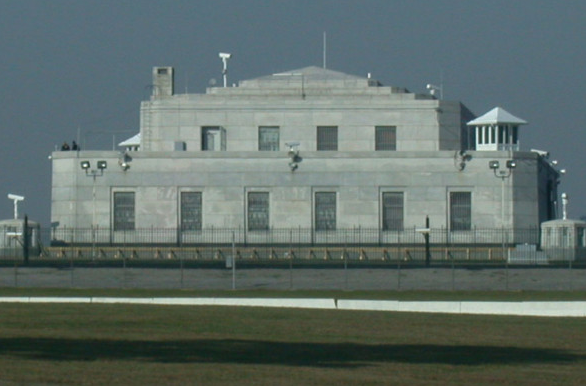
2. Germany is the record holder for gold reserves in Europe. The gold reserve is 3351.5 tons. The share of gold in gold reserves is 71.5%. Previously, most of Germany's gold reserves were held in banks in New York (USA), London (UK) and Paris (France). But since 2013, under pressure from public opinion, Germany has begun to return its gold from foreign vaults.
By 2017, the country had returned half of the stock to the Bundesbank's vaults at 14 Wilhelm-Epstein-Straße in Frankfurt. Now 50.6% of German gold is located there. As of the end of 2023, the Federal Reserve Bank of New York (the same one at 33 Liberty Street) had 36.6% of Germany's gold reserves, and the Bank of England in London had 12.8%. This follows from the annual report of the Bundesbank on gold reserves.

3. Italy: gold reserve — 2451.8 tons. The share of gold in gold and foreign exchange reserves is 68.3%. Italian gold is stored mainly in bullion. In total, there are 95,493 pieces weighing from 4.2 to 19.7 kg.
The underground vault in the Palazzo Koch at Via Nazionale, 91 in Rome contains 44.9% of bars and coins. Italy deposited the rest of the reserves in the US Federal Reserve Bank of New York in Manhattan (43.3%), in the Bern vault in Switzerland (6.1%) and in the vault of the Bank of England in London (5.8%).
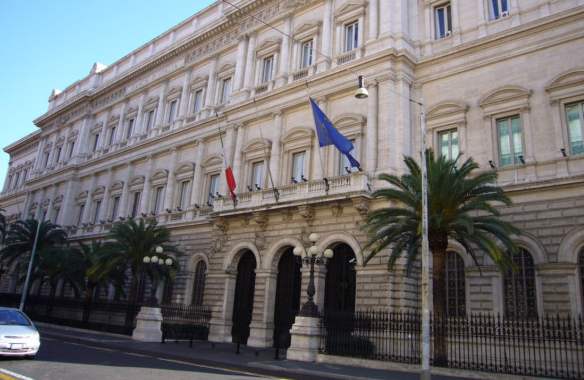
4. France: gold reserve - 2436.8 tons. The share of gold in gold and foreign exchange reserves is 69.9%. The size of France's gold reserves has remained unchanged since 2009, when France last sold some of its gold. In the coming years, there are no plans to either increase or reduce these reserves.
The vault of the main French bank, the Banque de France, is located on the lower — minus eighth — floor of the basement of the bank's headquarters in Paris at 31 rue Croix des Petits Champs.
A huge storage facility called La Souterraine is built 29 meters below the level of the Seine River. Its vault is supported by 658 columns, and the walls are covered with tiles. Part of La Souterraine is equipped with kitchens, sinks and refrigerators. In the event of a conflict, 3 thousand people will be able to take refuge there. Gold is stored in bars on pallets, in boxes and cabinets. All of France's official gold reserves are located in Paris.
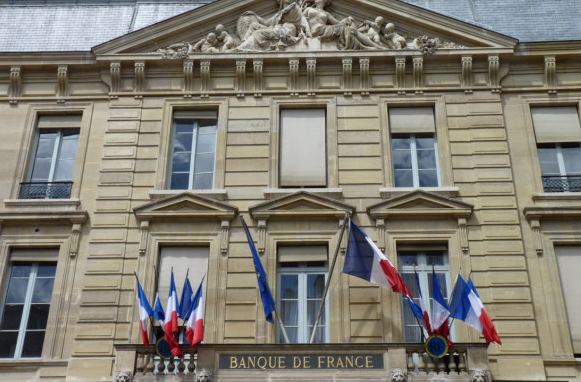
5. Russia: gold reserve - 2335.9 tons. By October 1, 2024, the value of gold reserves in Russia in monetary terms amounted to a record $199.8 billion, the share of gold in gold and foreign exchange reserves increased to the maximum value in the last 25 years - 31.5%. The last time this figure was higher was in December 1999 - 32.1%.
The Russian Central Bank keeps gold reserves in the country in its vaults with a multi-level security system. Gold is stored in coins and bars with a purity of at least 995 fineness weighing from 10 to 14 kg. The price of one ten-kilogram bar is almost ₽81 million.
Most of the stock is presumably located in the main storage facility in Moscow at 6 Pravda Street, not far from the Belorussky Railway Station. The rest is in the vaults of the Central Bank's branches in other cities of the country.
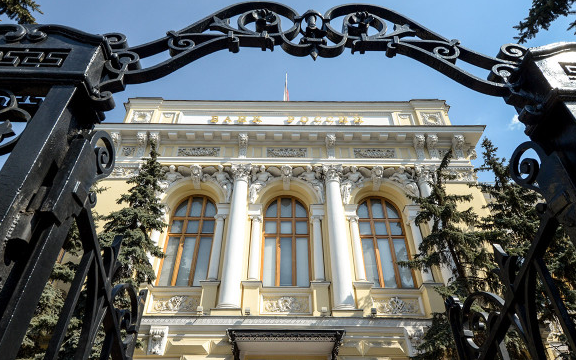
6. China: gold reserve – 2264.3 tons. The share of gold in gold and foreign exchange reserves is 4.9%. Official gold reserves are believed to be stored in Beijing.
China's gold reserves have grown more than fivefold since the early 2000s, rising from about 400 tonnes in 2001 to more than 2264 tonnes by the end of the second quarter of 2024. At the same time, China is the largest producer of gold in the world.
The editors of RBC Investments were unable to find the address of the gold depository of the People's Republic of China in open sources. The central building of the People's Bank of China is located in Beijing at No.32 Chengfang Street, Xicheng District.
7. Switzerland: gold reserve - 1040 tons. The share of gold in gold and foreign exchange reserves is 8.8%. The country has a record ratio of gold reserves to the number of inhabitants. Switzerland holds 70% of its gold domestically, 20% with the Bank of England and 10% with the Central Bank of Canada. The Swiss National Bank has vaults under its headquarters in Bern at 1 Bundesplatz, but there is no official information about where the gold reserves are stored.
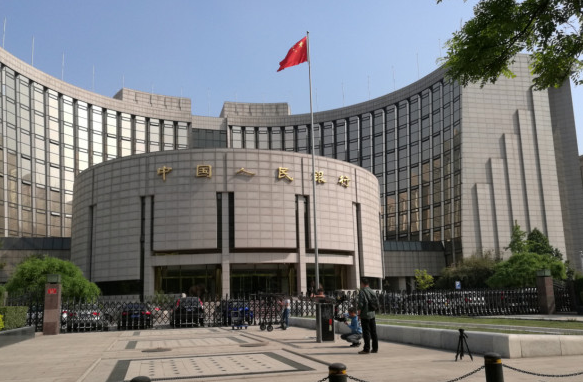
8. Japan: gold reserve - 845.9 tons. The share of gold in gold and foreign exchange reserves is 5.15%. Hishikari in Japan is the only major gold mine in the country, but most of the gold is imported. The main building of the Central Bank of Japan in Tokyo is located at 2-1-1 Nihonbashi-Hongokucho, Chuo-ku.

9. India: gold reserve - 840.8 tons. The share of gold in gold reserves is 9.6%. India's gold reserves are in the form of bars in the vault of the Reserve Bank of India in the city of Nagpur, Maharashtra. The Reserve Bank of India Nagpur office is located at Dr. Raghavendra Rao Road, Civil Lines, P.B.No.15.
The Reserve Bank of India in 2024 transported about 100 tons of gold from England to its vaults for the first time since early 1991. A similar amount of gold could be delivered to the country again in the coming months, Indian sources said.
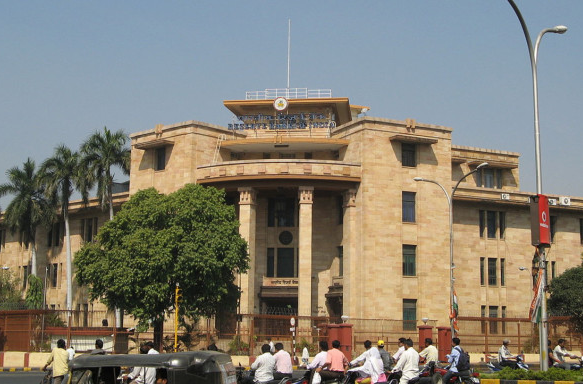
10. Netherlands: gold reserve - 612.5 tons. The share of gold in gold reserves is 61.6%. The country's gold reserves are held and managed by the country's central bank, De Nederlandsche Bank. The gold vault at the headquarters of the Dutch Central Bank in Amsterdam at Westeinde, 1, contains 14,000 gold bars of 12.5 kilograms each and 1,000 boxes of gold coins. The total weight of gold is 200 thousand kilograms, and the value is €12 billion (March 2024). This gold is 31% of the total gold reserves of the Central Bank of the Netherlands.

- Arts
- Business
- Computers
- Juegos
- Health
- Home
- Kids and Teens
- Money
- News
- Recreation
- Reference
- Regional
- Science
- Shopping
- Society
- Sports
- Бизнес
- Деньги
- Дом
- Досуг
- Здоровье
- Игры
- Искусство
- Источники информации
- Компьютеры
- Наука
- Новости и СМИ
- Общество
- Покупки
- Спорт
- Страны и регионы
- World


